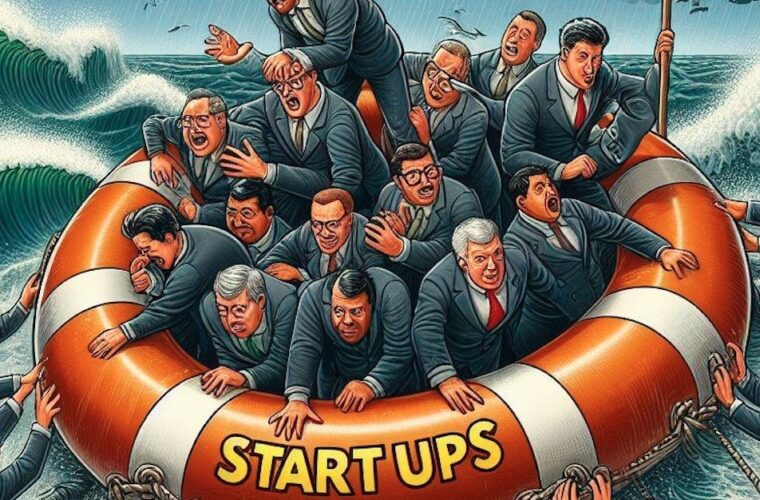Women spend much more time than men in the metaverse. They are also more likely to implement related initiatives when running a company but remain excluded from leadership roles. And they need help to obtain funding. A new analysis by McKinsey (conducted by Mina Alaghband and Lareina Yee) explains through numbers why addressing the gender gap within the “formative phase” of what is defined as “the future evolution of the internet” is crucial.
“The metaverse is still in its infancy,” the report’s authors recall. “Its definition also remains fluid and will probably continue to evolve. But the consensus, at least today, is that it represents the future evolution of the internet: an evolution from 2D to 3D through various interfaces, including augmented and virtual reality. And as with other transformative technologies, such as the cloud and artificial intelligence, whose evolution has taken decades, the early consumers and leaders of the metaverse (including investors and CEOs) will determine its future. The question many are asking is: what role will women play in this context?
Women are more ready
According to the New York-based multinational strategy consultancy analysis, 41% of women have already used a platform to enter the metaverse or have ‘lived’ in a digital world for more than a year compared to 34% of men. Moreover, 35% of female respondents are defined as ‘power users’ spending more than three hours per week in the metaverse (compared to 29% of men). Furthermore, they are more likely than men to have ‘hybrid’ experiences in the metaverse (crossing both the physical and digital worlds through augmented reality and virtual reality), such as games, fitness, education, shopping, and events. In contrast, men mainly use the metaverse to participate in purely digital experiences such as exchanging Nft or attending social events.
Looking at the business world, a survey of some 450 female executives revealed that 60% claim to have implemented more than two metaverse-related initiatives within their organization. In other words, they are 20 per cent more likely to implement such initiatives than men, especially in marketing, training, employee development and new product design.
Digital still belongs to men
Yet, over the past five years, companies active in the metaverse led by men have obtained a higher share of funding than companies led by women. Moreover, only between 8 and 10 per cent of the organizations involved in setting technology standards that enable the development of metaverse-related technologies (such as the Metaverse standards forum or the Open metaverse alliance for Web3) are led by women.
The mistake we must avoid? That the metaverse becomes entirely like the Internet as we know it today, i.e., a purely male-dominated place, at least when it comes to prominent digital-related roles. The preconditions for this not to happen are all there: as the numbers show, women could form a substantial user base in the metaverse. Let us not let this opportunity slip away. Addressing the existing gender gap in leadership roles while the metaverse is still in its infancy is therefore crucial.



